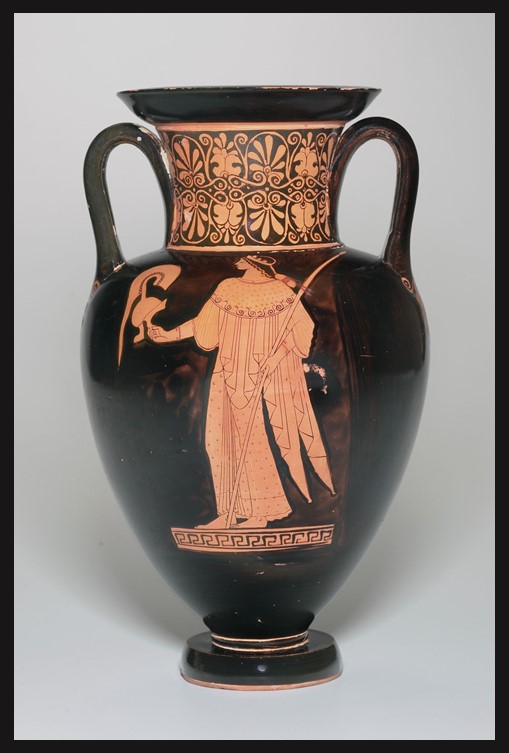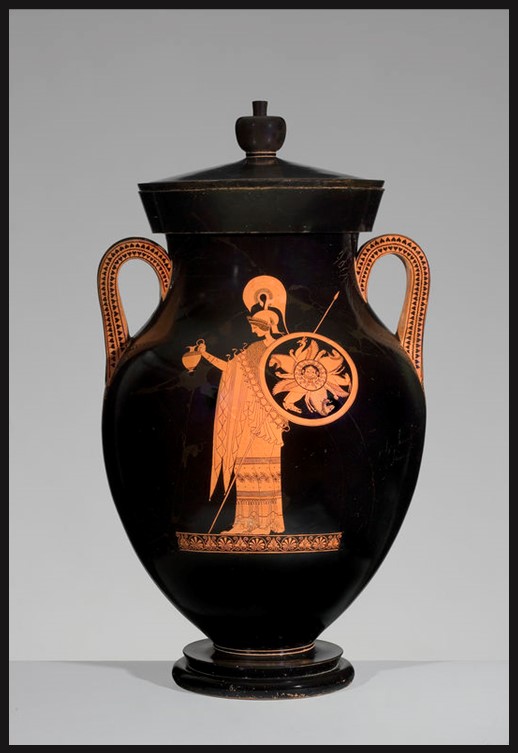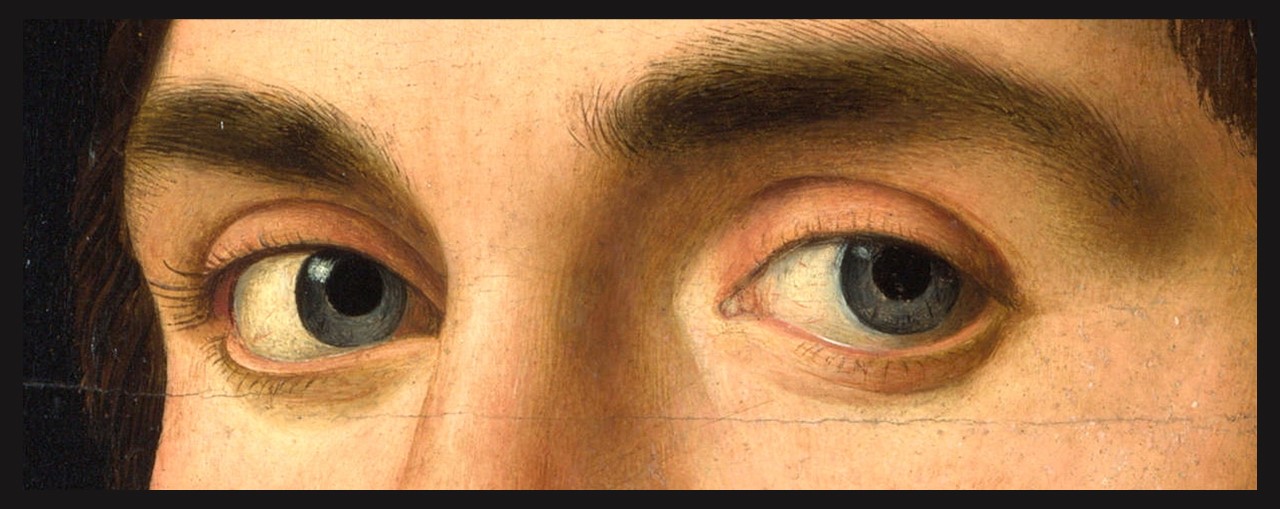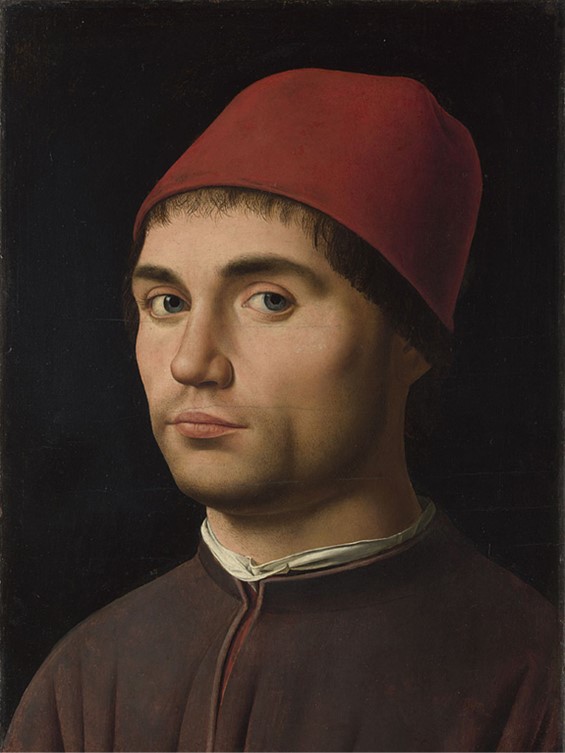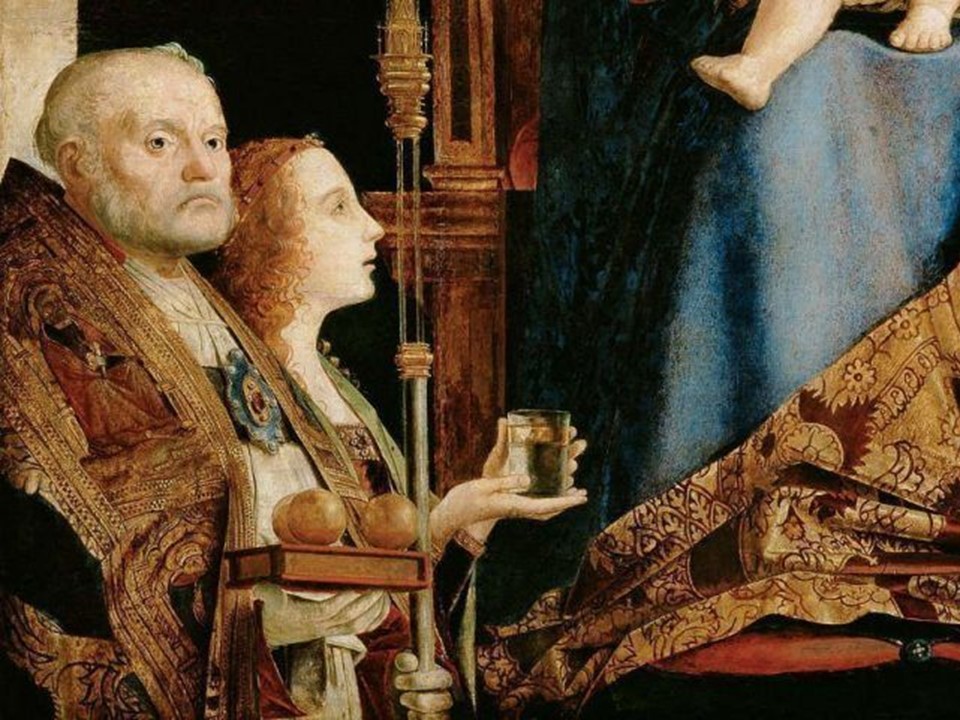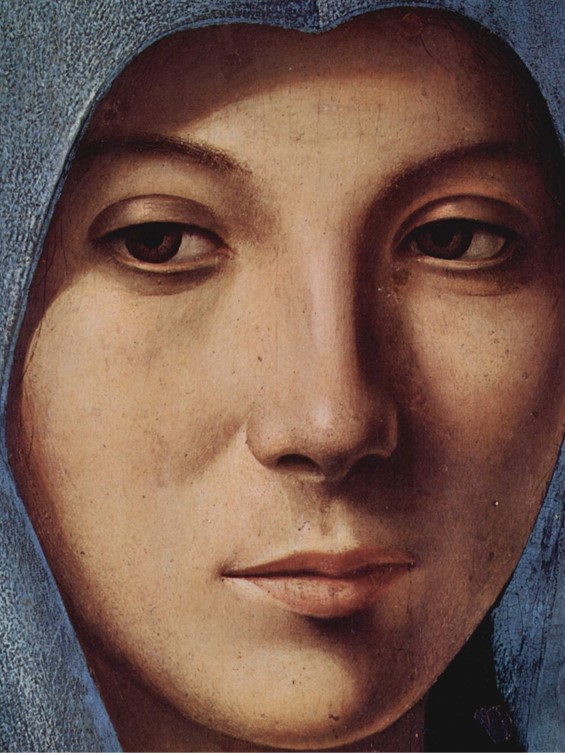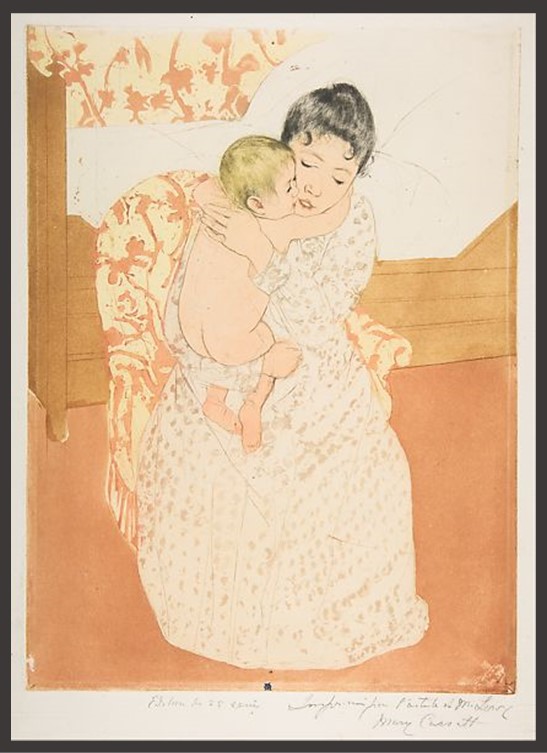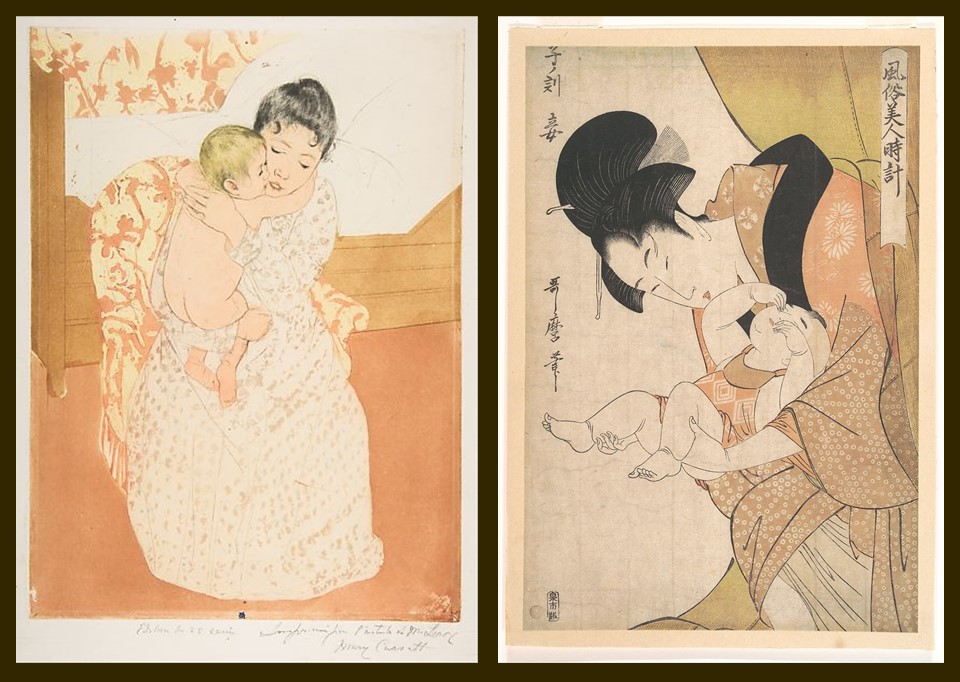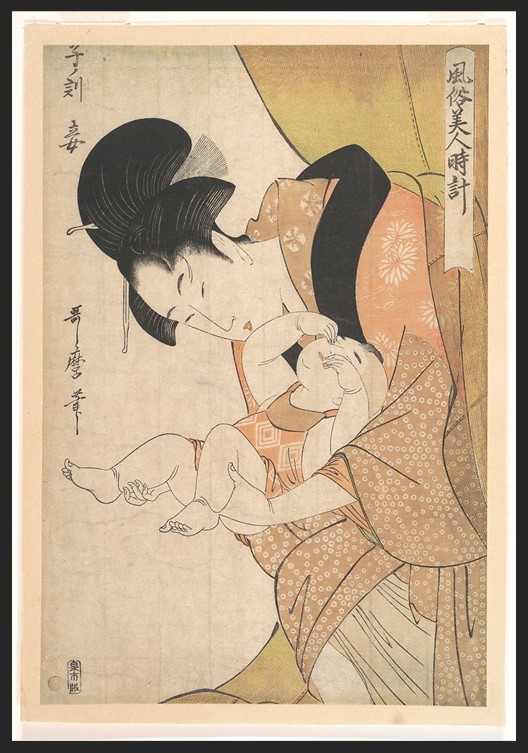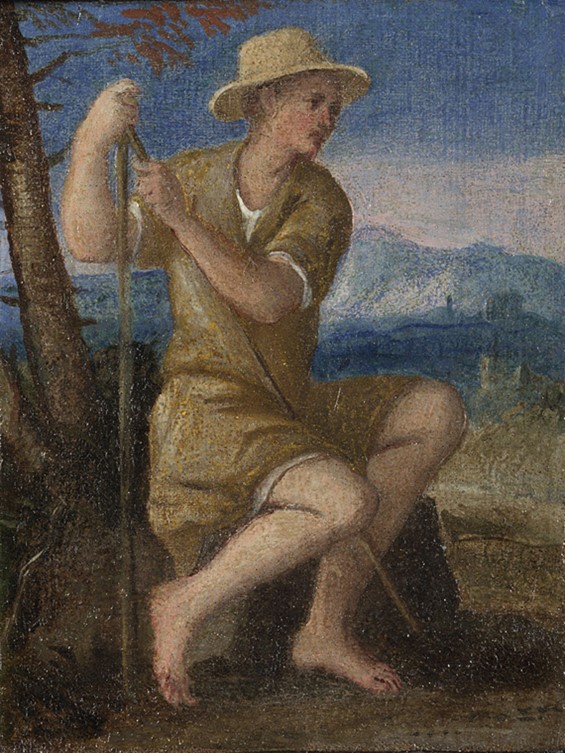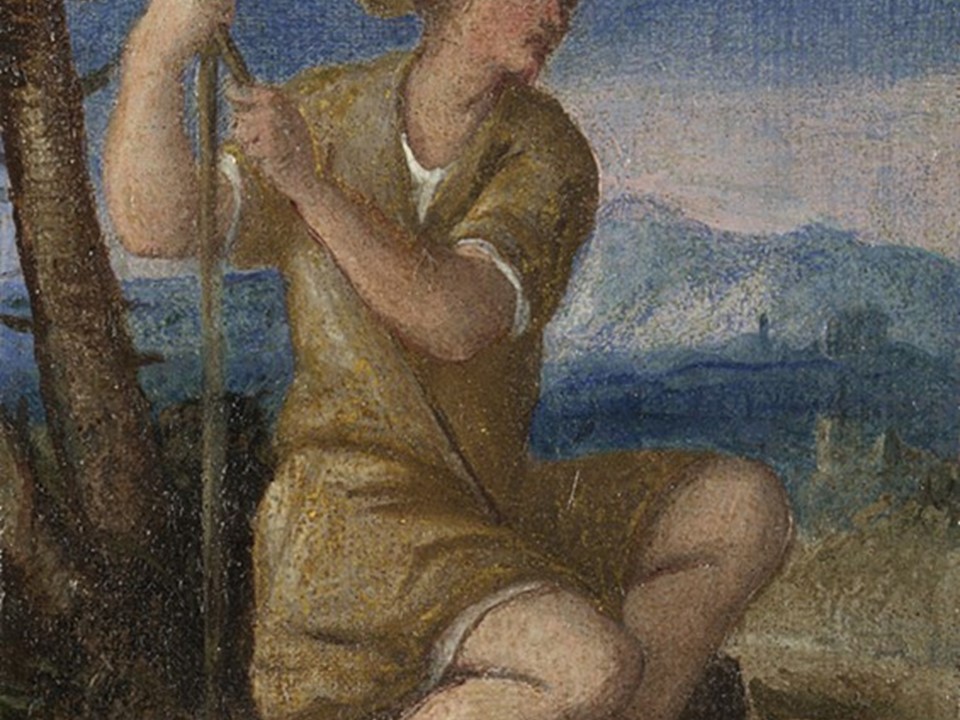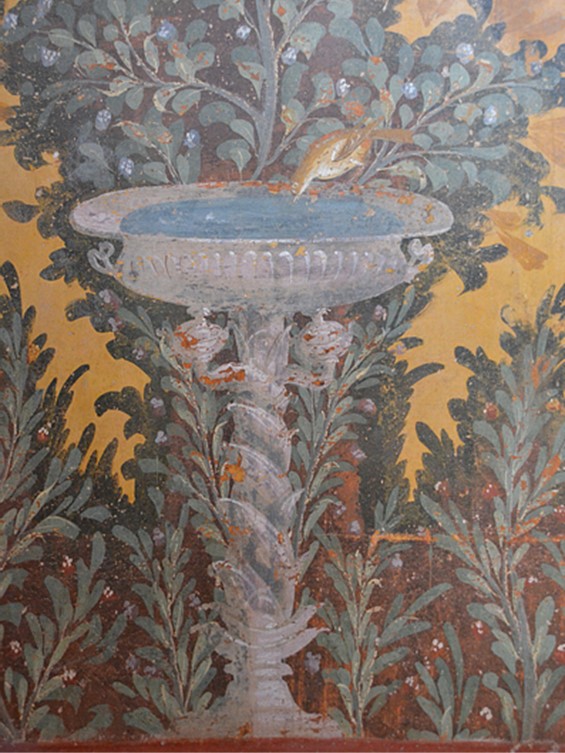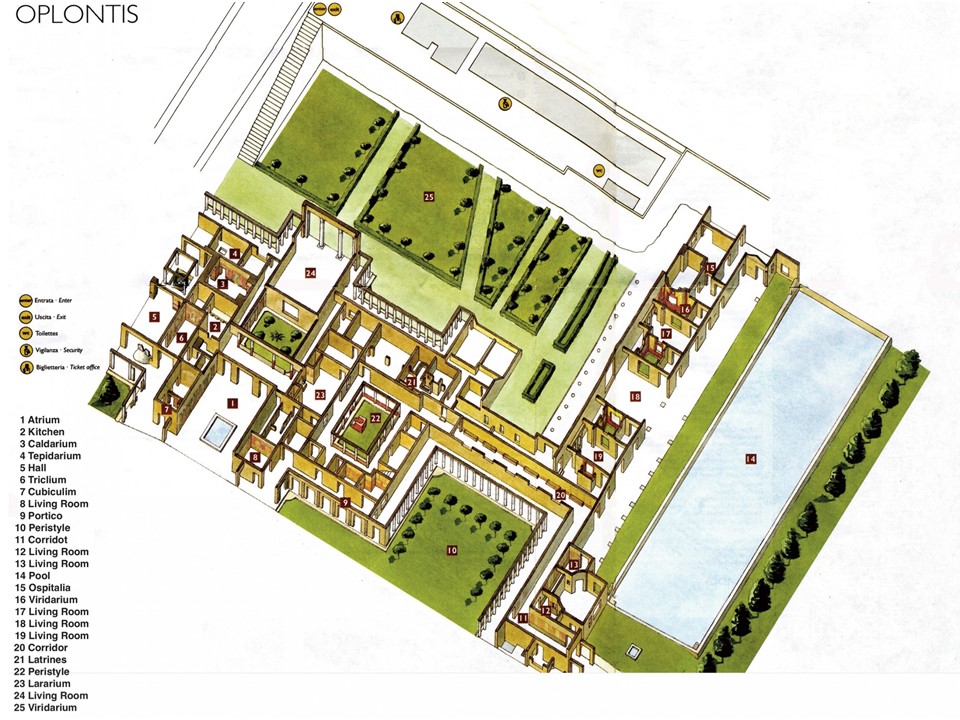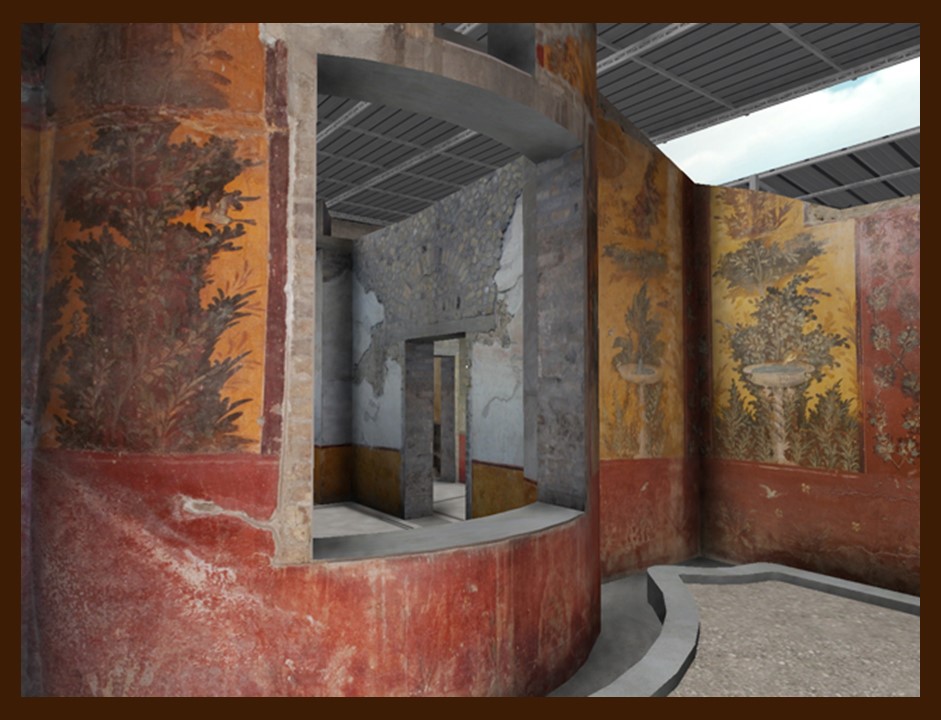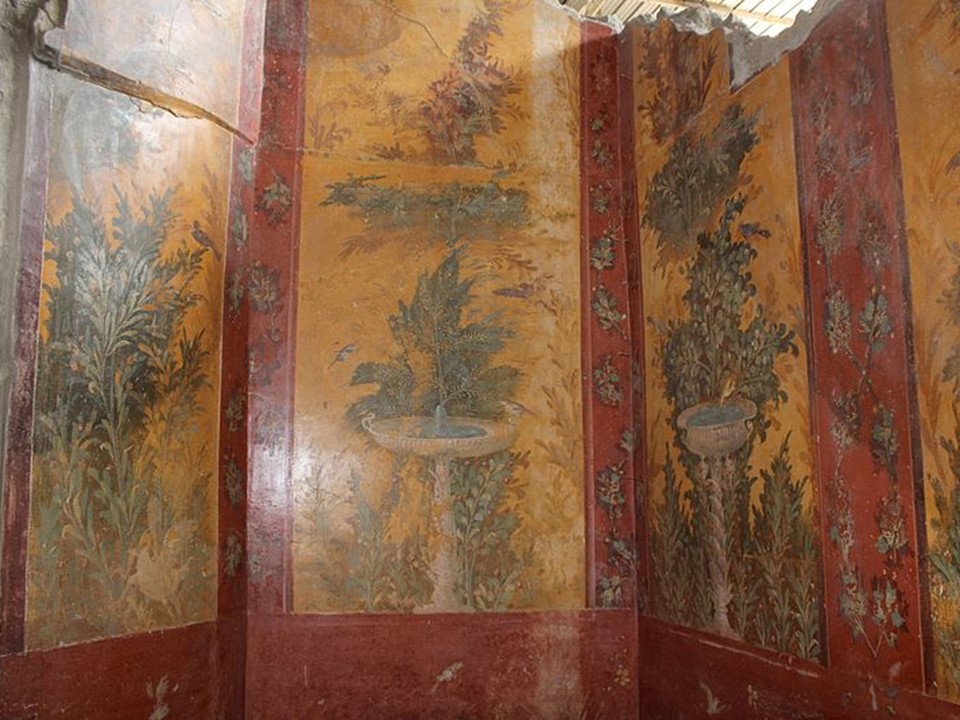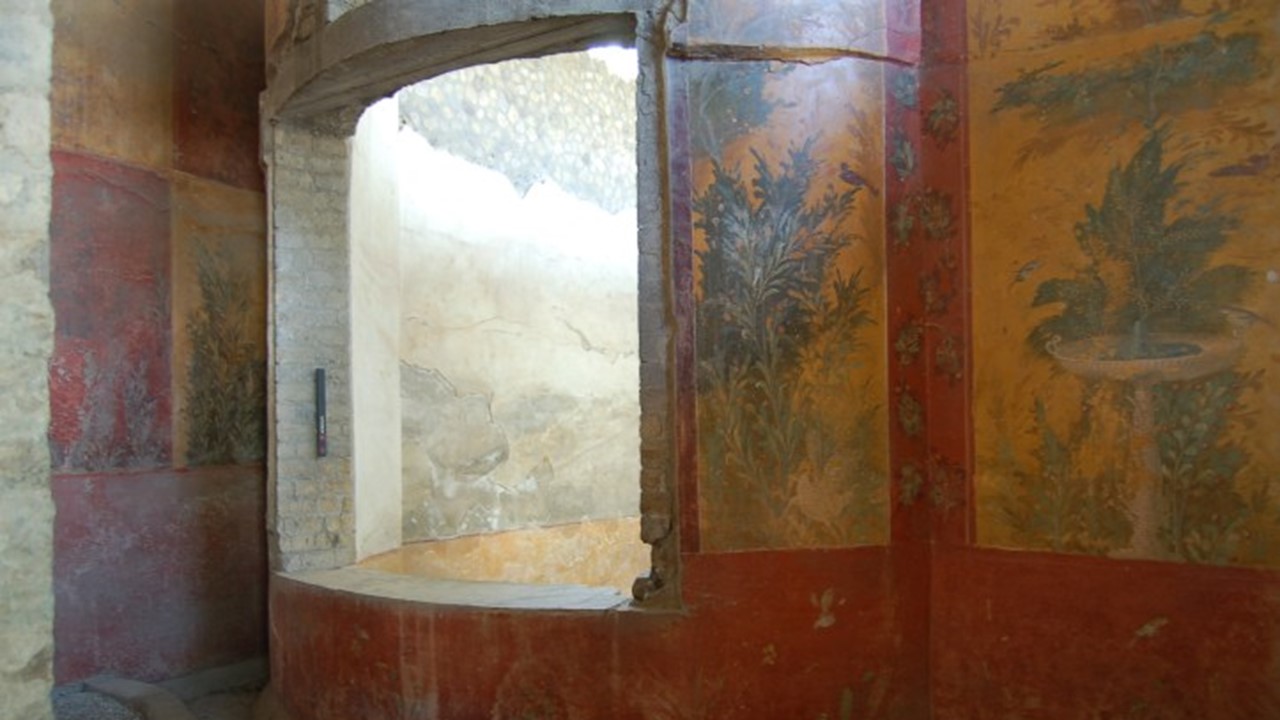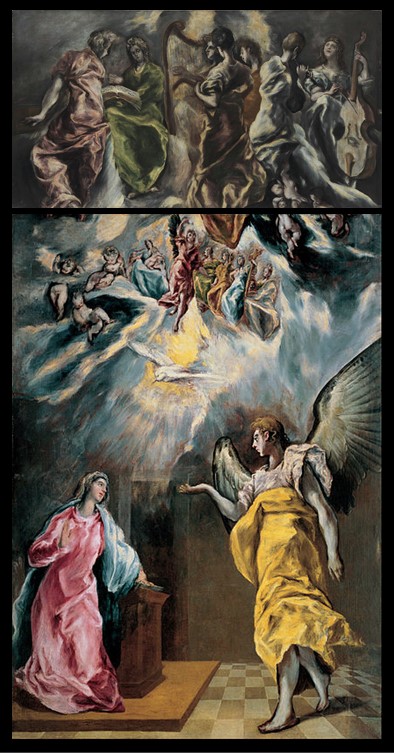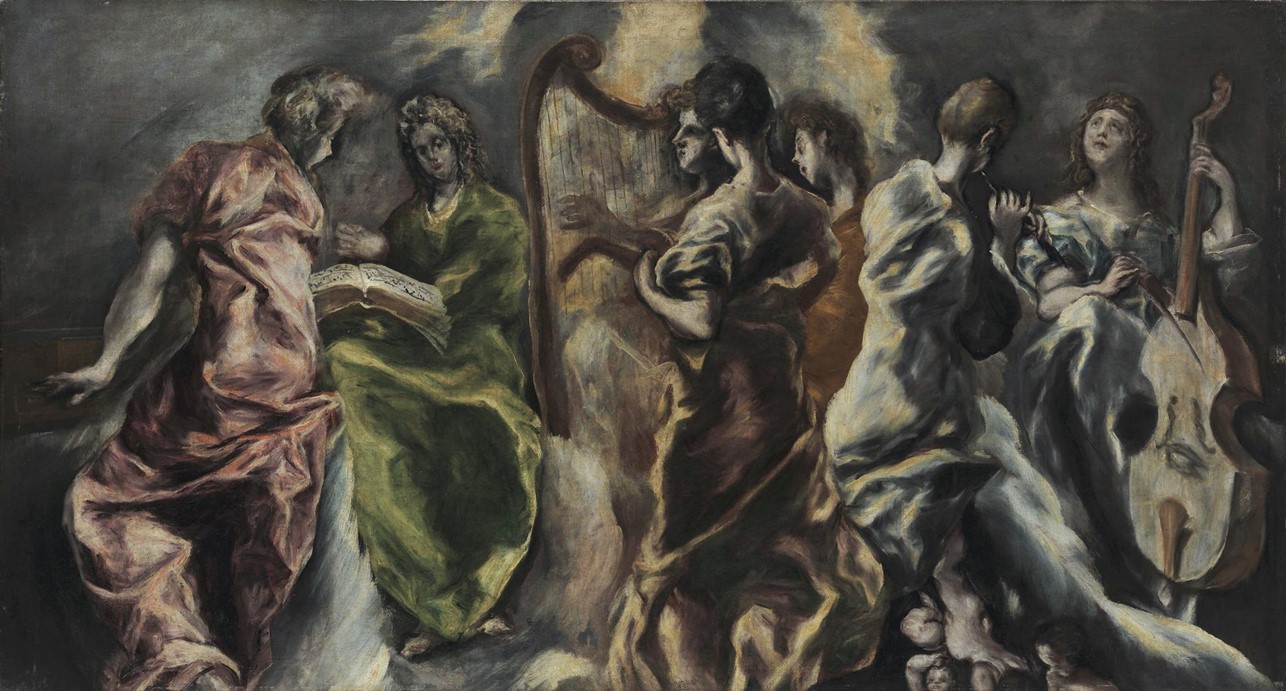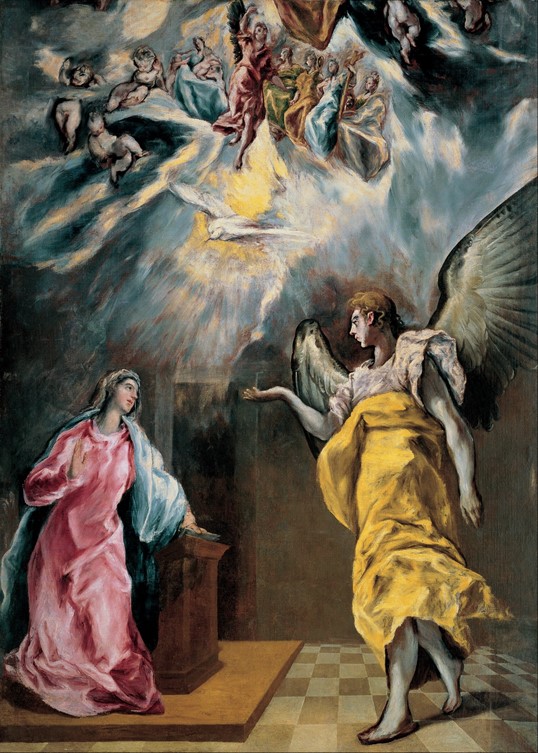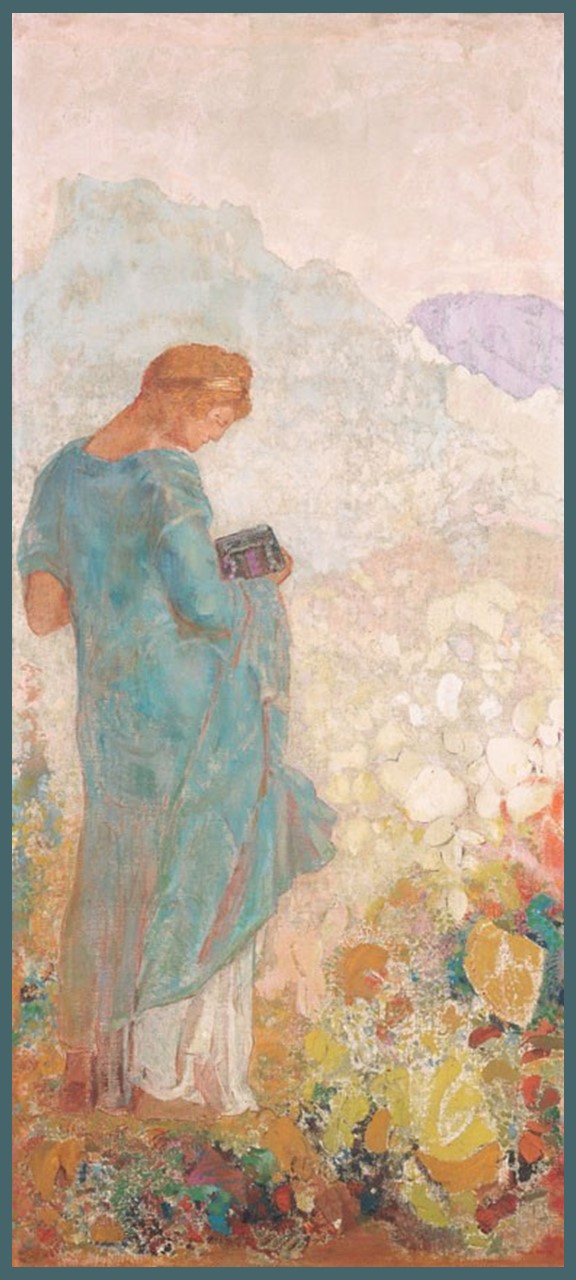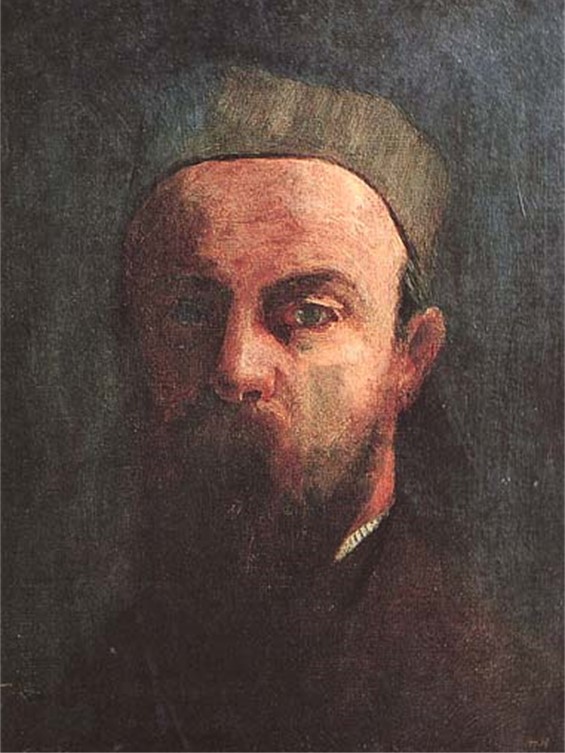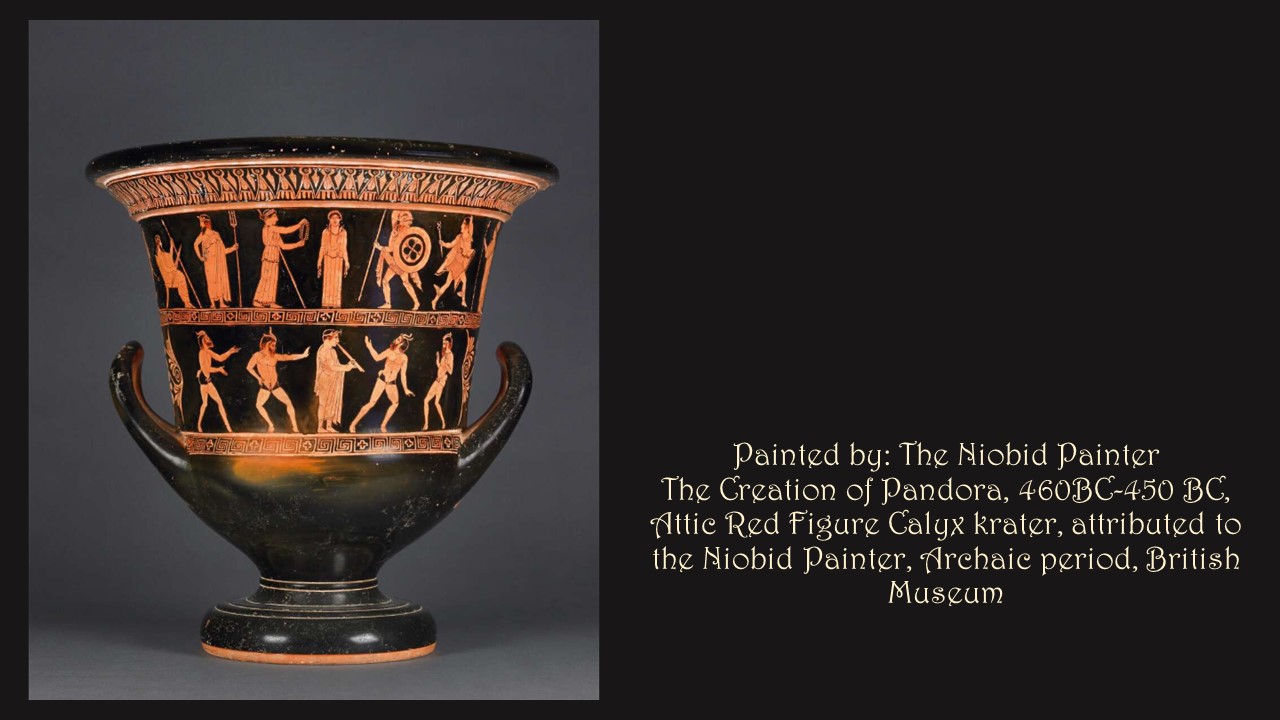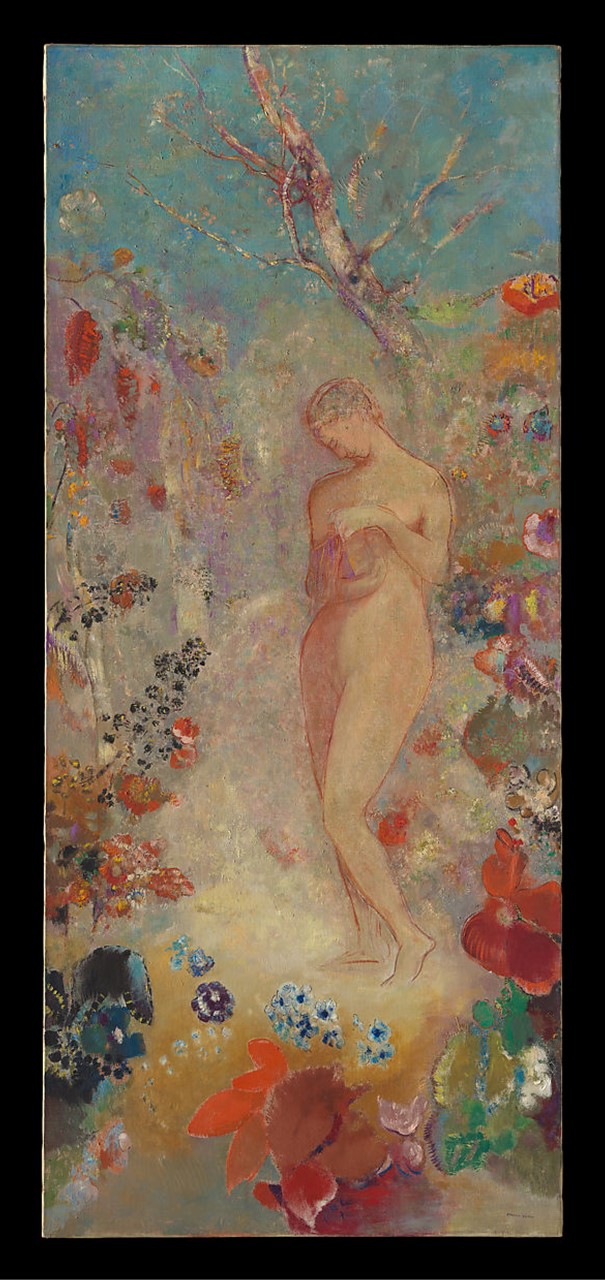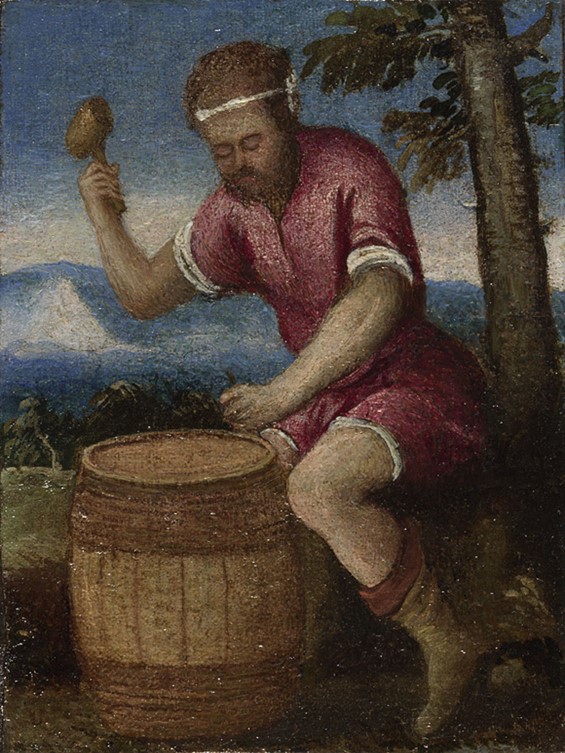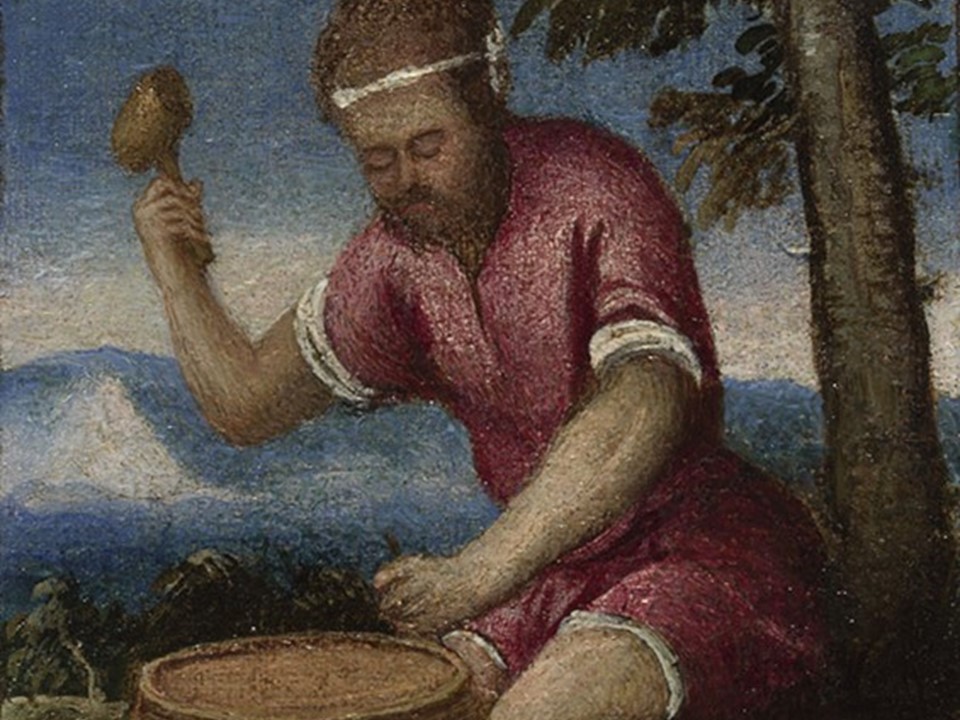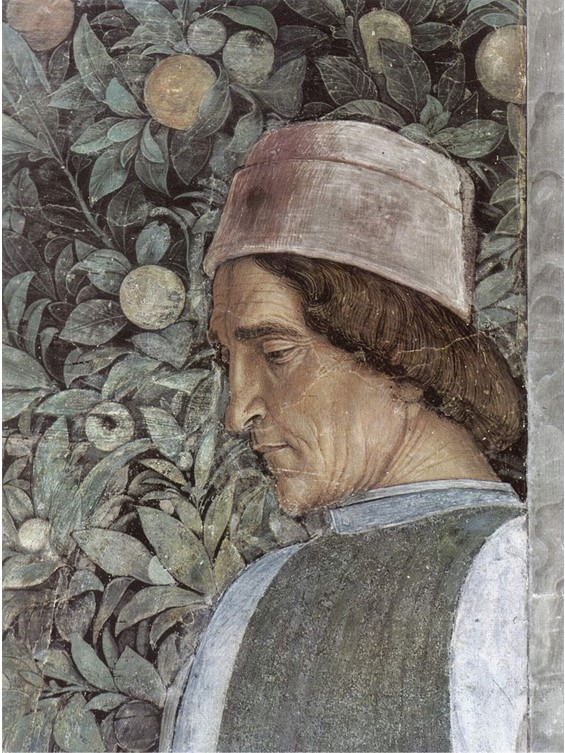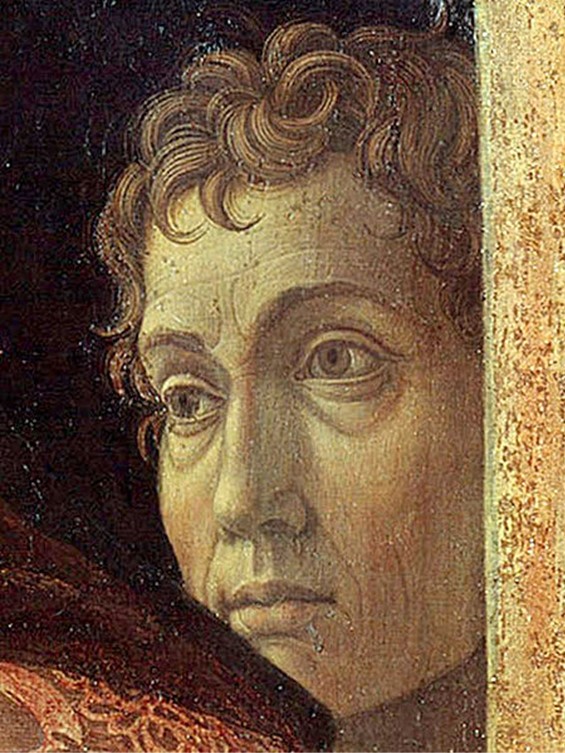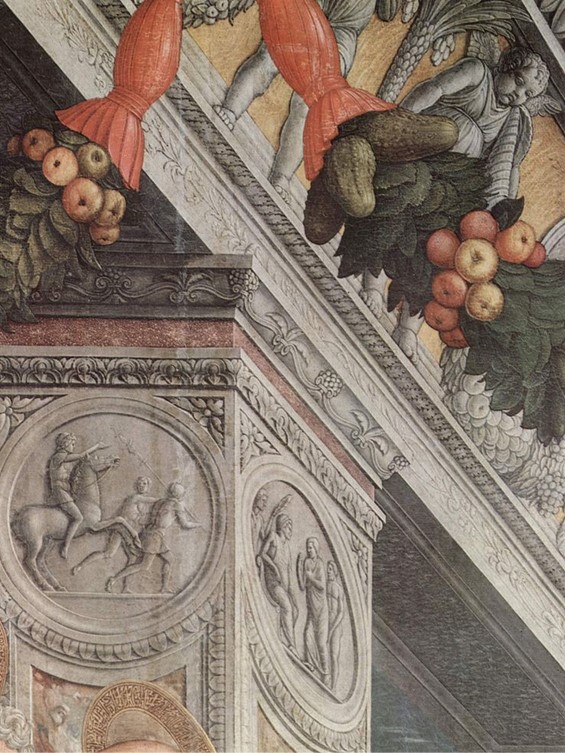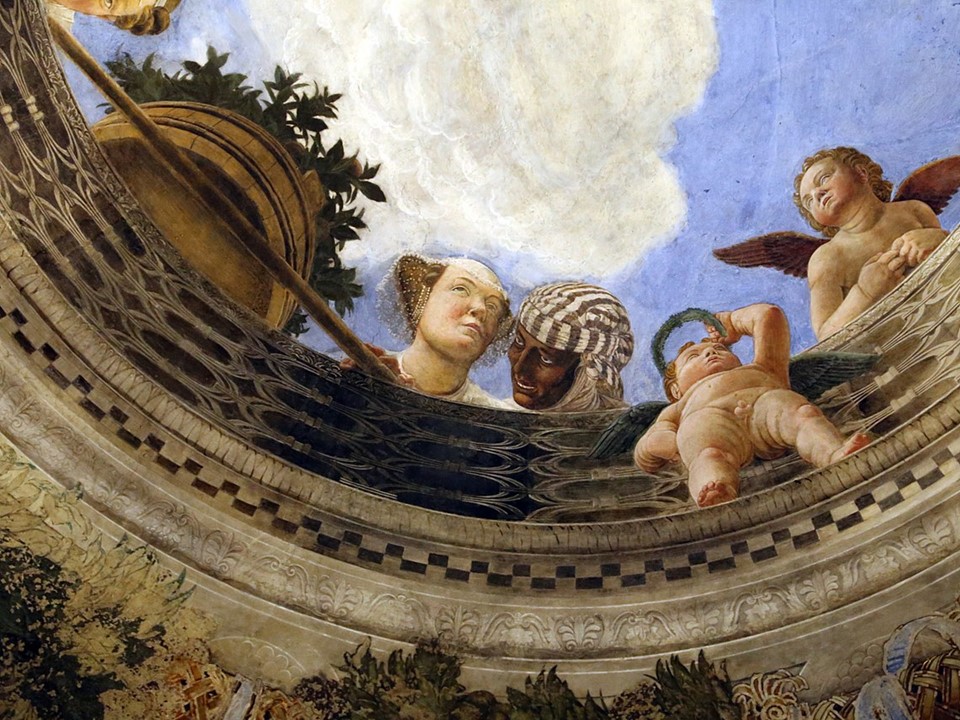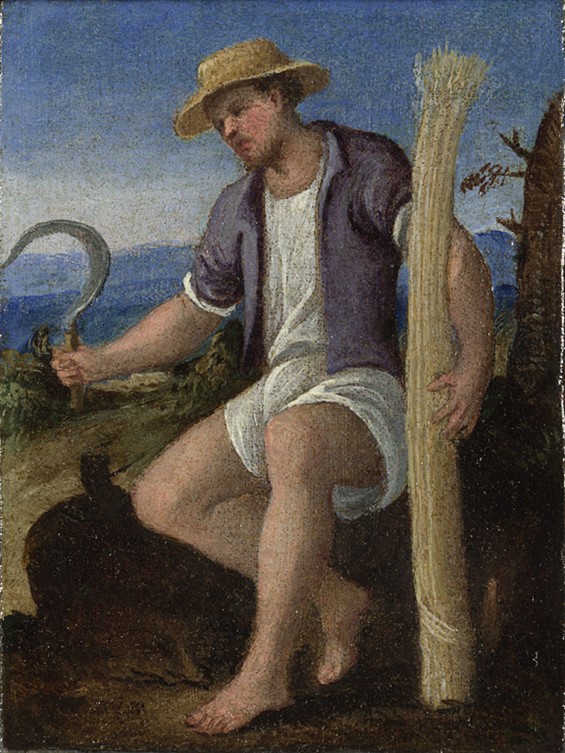
The Labours of the Months: June, about 1580, oil on canvas, 13.6 x 10.6 cm, National Gallery, London
https://www.nationalgallery.org.uk/paintings/italian-venetian-the-labours-of-the-months-january#painting-group-info
What is so rare as a day in June? / Then, if ever, come perfect days; / Then Heaven tries the earth if it be in tune, / And over it softly her warm ear lays: / Whether we look, or whether we listen, / We hear life murmur, or see it glisten; / Every clod feels a stir of might, / An instinct within it that reaches and towers, / And, groping blindly above it for light, / Climbs to a soul in grass and flowers; / The flush of life may well be seen / Thrilling back over hills and valleys; / The cowslip startles in meadows green. / The buttercup catches the sun in its chalice, / And there’s never a leaf nor a blade too mean / To be some happy creature’s palace; / The little bird sits at his door in the sun, / Atilt like a blossom among the leaves, / And lets his illumined being o’errun / With the deluge of summer it receives; / His mate feels the eggs beneath her wings, / And the heart in her dumb breast flutters and sings; / He sings to the wide world, and she to her nest,— / In the nice ear of Nature which song is the best? Writes back in the 19th century James Russell Lowell… and further back, in the 15th century, an anonymous painter creates The Labours of the Months: June! https://discoverpoetry.com/poems/june-poems/
The Labours of the Months is a theme that frequently occurs during the Late Medieval-Renaissance Period Art. It attracts our attention in sculptural pieces adorning Churches and Cathedrals of the time, striking Vitreaux Windows, amazingly colourful manuscripts, and paintings, monumental, like the eleven surviving panels in Torre Aquila I presented in 2020 (check: https://www.teachercurator.com/?s=torre%20aquila&cat=plus-5-results), or small, like the paintings in the National Gallery, in London, we explore in 2021… month by month… https://archive.org/details/labormonth00webs/page/n9/mode/2up Webster, James Carson – 1905-1989, The labors of the months in antique and medieval art to the end of the twelfth century, 1938, Evanston, Ill., Northwestern University, and https://www.nationalgallery.org.uk/paintings/italian-venetian-the-labours-of-the-months-january
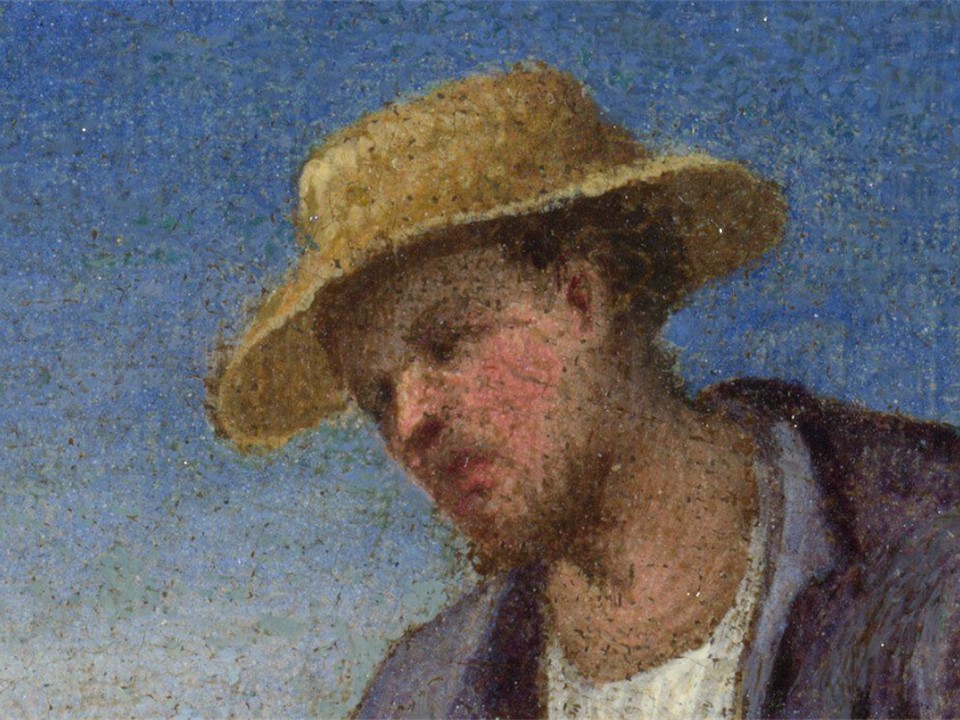
The Labours of the Months: June (detail), about 1580, oil on canvas, 13.6 x 10.6 cm, National Gallery, London
https://www.nationalgallery.org.uk/paintings/italian-venetian-the-labours-of-the-months-january#painting-group-info
For The Labours of the Months: June, we have an outdoor scene. “A barefoot young man sits holding a sheaf of corn he has cut in one hand and his scythe in the other. The sleeves of his blue jacket are rolled up and a straw hat shades his face, suggesting that this little painting represents one of the summer months.” The National Gallery of Art experts “think it may be June when grain crops are harvested in northern Italy, where this picture was painted.” https://www.nationalgallery.org.uk/paintings/italian-venetian-the-labours-of-the-months-june
For a PowerPoint on The Labours of the Months at the National Gallery in London, please… Check HERE!
